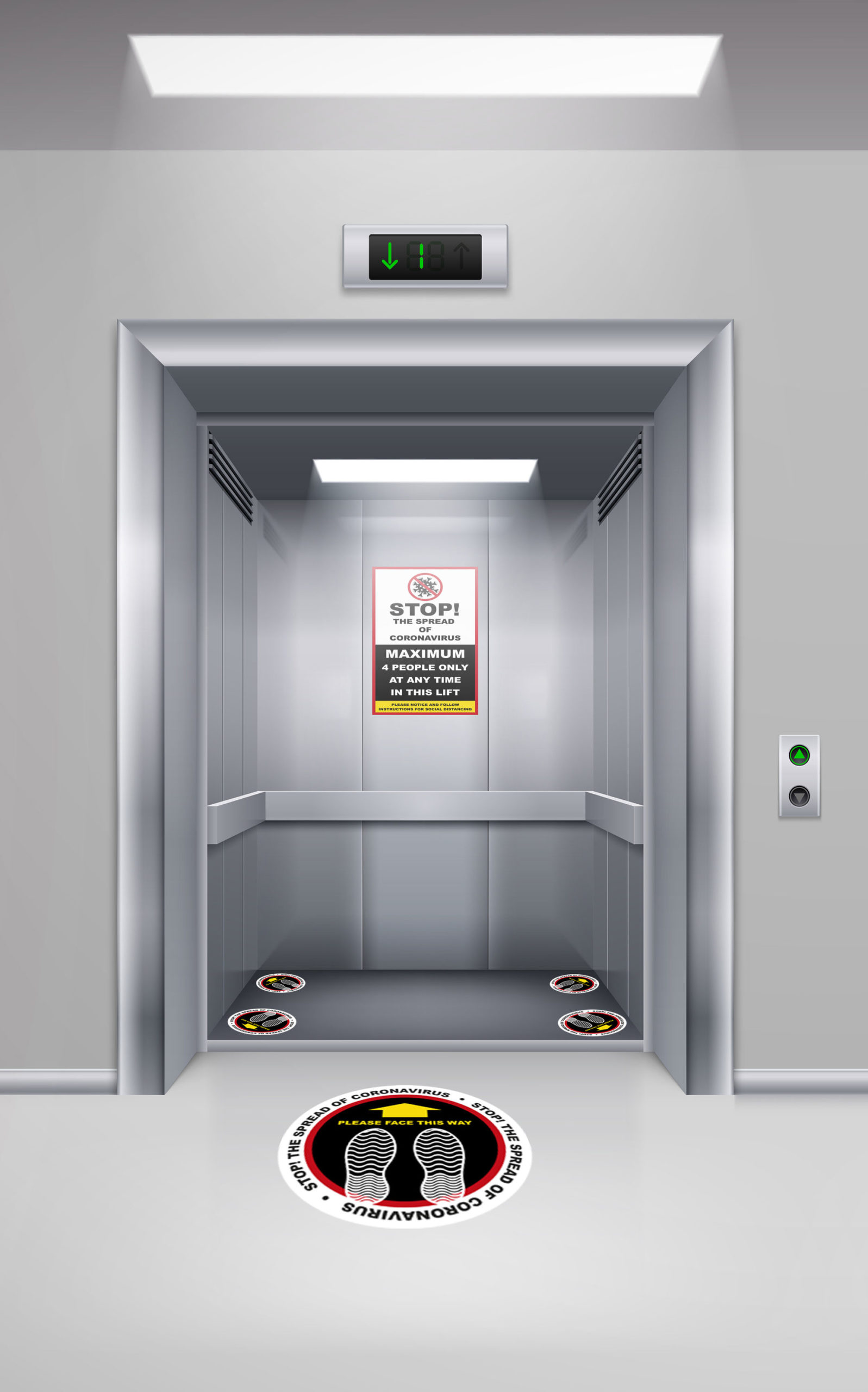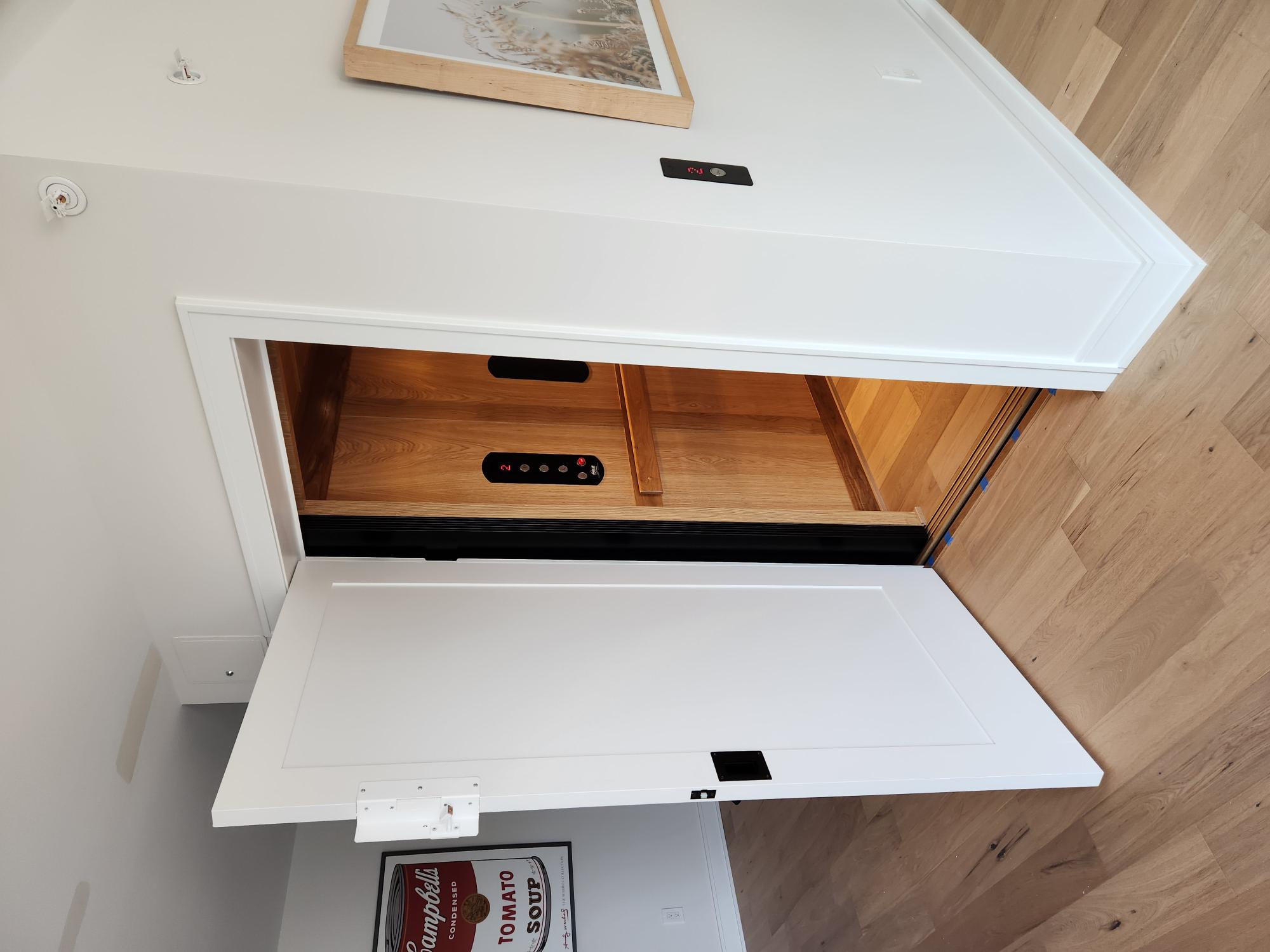Discover the most effective Disabled Platform Lifts Prices UK for Residential and Commercial Use
Discover the most effective Disabled Platform Lifts Prices UK for Residential and Commercial Use
Blog Article
Looking Into the Globe of Lifts: Usual Problems Encountered by Various Lift Devices
As we browse via the vertical transportation systems of contemporary structures, lifts attract attention as a crucial part of our every day lives. Nevertheless, behind their smooth procedure lies a world of detailed devices that can occasionally experience obstacles. From hydraulic elevators to grip systems and machine-room-less layouts, each lift type features its set of usual concerns. Comprehending these obstacles is essential for ensuring the smooth functioning of these important systems. Let's check out the complexities that underlie the operation of lifts and the prospective concerns that can develop, clarifying the detailed web of lift systems.
Hydraulic Elevators
Hydraulic elevators, usually liked for low-rise structures, make use of fluid pressure to regulate the motion of the elevator vehicle (lift repair companies). This mechanism includes a hydraulic pump pressing oil right into a cylinder, creating the lift to move in the wanted instructions. While hydraulic elevators are understood for their peaceful and smooth procedure, they do feature their very own collection of usual issues
One common problem with hydraulic elevators is oil leak. The seals in the hydraulic system can use out in time, leading to oil infiltration. This not only develops a mess however can also affect the lift's performance if left unaddressed. In addition, concerns with the control system, such as faulty shutoffs or a malfunctioning pump, can create interruptions in the elevator's activity.
Normal maintenance and timely fixings are necessary to guarantee the smooth performance of hydraulic elevators. By dealing with these common issues proactively, structure owners can lessen downtime and ensure the security and effectiveness of their upright transportation system.
Grip Lifts
When considering vertical transportation systems in buildings, another usual kind aside from hydraulic lifts is the grip lift. Traction lifts run utilizing a system of ropes and counterweights that move the lift automobile by clutching onto the hoist ropes. This mechanism enables for smoother and much faster vertical transport contrasted to hydraulic systems.
One of the common concerns dealt with by grip lifts is rope wear. The constant movement of the ropes within the grip system can result in deterioration in time, potentially causing the elevator to malfunction or come to be hazardous for usage. Regular evaluations and maintenance of the ropes are important to ensure the elevator's appropriate functioning and security.
One more issue that grip lifts may encounter is connected to the control system. Issues with the control system can result in problems such as unpredictable activity, delays in action times, or perhaps complete closures. Normal screening and maintenance of the control system are crucial to avoid such problems and guarantee the lift's reliability.
Machine-Room-Less (MRL) Elevators

One of the key elements of MRL lifts is the portable gearless grip maker that is find more mounted within the hoistway. This device efficiently drives the lift automobile without the requirement for cumbersome tools found in standard grip elevators. In addition, MRL elevators commonly make use of a counterweight system to stabilize the cars and truck, more boosting their energy efficiency.
Regardless of their benefits, MRL elevators might encounter challenges associated to upkeep and repair work as a result of the confined area for tools installment. Access for servicing elements within the shaft can be restricted, needing specialized training for technicians. Appropriate maintenance timetables and routine assessments are vital to guarantee the continued smooth procedure of MRL elevators.
Overloading and Weight Limitation Issues
Are elevators geared up to manage excess weight loads successfully and safely? Overwhelming and weight right here restriction problems are crucial problems in lift procedures. Elevator suppliers layout raises with specific weight abilities to make sure passenger safety and security and devices longevity. Exceeding these weight restrictions can result in various issues, including mechanical failings, hold-ups, and safety and security hazards.
When lifts are overloaded, it puts too much stress on the motor, cords, and various other elements, possibly causing breakdowns or malfunctions. If they detect excess weight, safety mechanisms such as sensing units and overload sensors are in location to stop elevators from moving. In addition, exceeding weight restrictions can bring about increased energy usage and wear and tear on the elevator system.
To minimize straining issues, developing supervisors should plainly show weight limitations in elevators and inform passengers on the value of sticking to these limitations - lift repair companies. Routine maintenance checks by certified service technicians can likewise help make certain that elevators are operating within safe weight specifications. By dealing with overloading and weight limitation issues proactively, building owners can improve lift safety and security and effectiveness
Electric System Failures
Surpassing weight limitations in lifts can not only result in mechanical problems but likewise potentially add to electrical system failings within the lift facilities. Electrical system failings are a crucial issue in lift procedure, as they can cause unanticipated shutdowns, breakdowns, or also safety dangers. One usual electric concern is the overheating of components as a result of too much present circulation brought on by overloading the lift beyond its capability. This can bring about damage to the motor, control, or circuitry systems, resulting in pricey fixings and downtime.
Furthermore, power surges or variations in the electrical supply can likewise interfere with the lift's operation, affecting its performance and safety. These electric disturbances can harm sensitive lift components such as control board, circuit card, or sensors, resulting in imp source system failures. Routine upkeep and examinations are vital to identify and resolve possible electrical issues promptly, making sure the risk-free and efficient procedure of lift systems. By sticking to weight restrictions and performing regular electric system checks, building proprietors can alleviate the danger of electric failures in elevators.
Conclusion

Hydraulic lifts, frequently preferred for low-rise buildings, use fluid pressure to control the movement of the elevator automobile.When thinking about upright transport systems in buildings, another common kind apart from hydraulic elevators is the traction lift. Traction elevators run using a system of ropes and weights that relocate the elevator car by gripping onto the hoist ropes. Unlike traditional lifts that require a separate machine area to house the equipment, MRL lifts incorporate many of the elements within the shaft, getting rid of the need for a specialized machine area.In conclusion, elevators encounter typical issues such as hydraulic breakdowns, grip system failings, and electric system issues.
Report this page